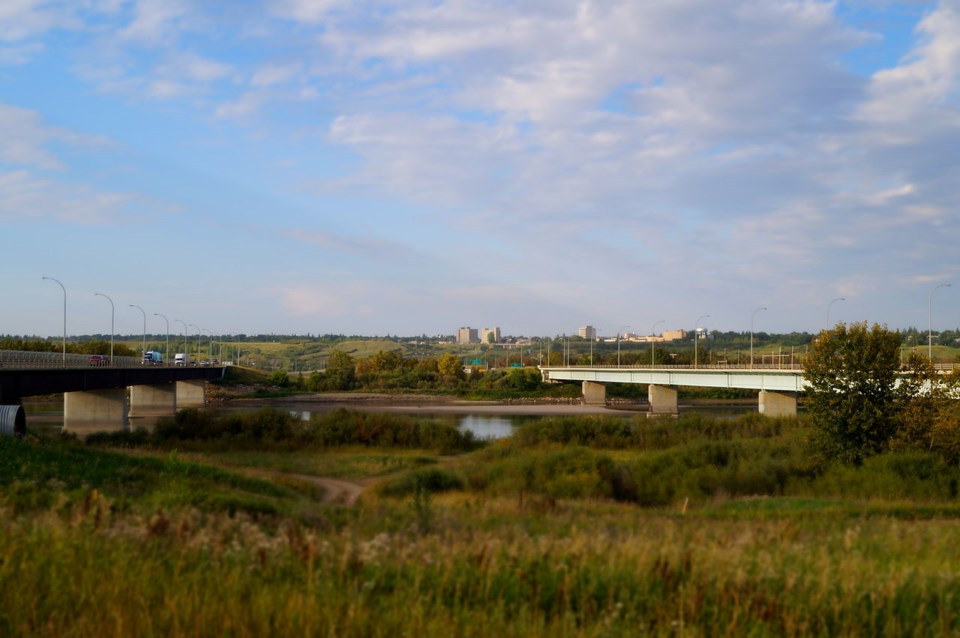The conservation and restoration of wetlands in Saskatchewan must be a top priority, especially in the face of a changing climate, says Jennifer McKillop, acting regional vice-president with the Nature Conservancy of Canada (NCC) in Saskatchewan. McKillop is commenting on World Wetlands Day, February 2, 2019. NCC wishes to acquire additional privately owned wetlands in the province for conservation, through land purchases or donations.
“If you used water today to brush your teeth, cook or quench your thirst, you should probably thank a wetland!” said McKillop.
“Wetlands play an important role in the health of our country and our communities. They play a critical role in absorbing and storing carbon pollution,” said McKillop. They also remove sediments, excess nutrients and even bacteria from our drinking water. Like a giant paper towel, they absorb and hold water to buffer our cities and farms from floods and droughts – both of which are growing more common and extreme in recent years”.
Canada is home to 25 per cent of the world’s wetlands, which are important for the health of our planet. However, these ecosystems are disappearing very quickly due to residential and commercial development, conversion to agriculture, invasive species and pollution. Every day, important wetlands are С����Ƶ lost across Canada.
NCC in Saskatchewan conserves important natural spaces such as their Hole in the Wall property, a conservation area in the Big Muddy region. Hole in the Wall is a priority conservation site because it consists of 2,240 acres (906.5 hectares) of intact native grasslands, and encompasses 183 acres (74.1 hectares) of critical wetlands.
Saskatchewan has more waterfowl and migratory birds nesting in and around our wetlands than most other provinces in Canada. This is largely due to an area of our province called the Missouri Coteau, where NCC’s Hole in the Wall property is located. The Missouri Coteau stretches from С����Ƶ Dakota and diagonally crosses the middle of the province to just south of the town of Outlook. Saskatchewan has a large amount of grassland habitat surrounding our wetlands, which is ideal habitat for a large number of songbirds and species at risk.
“Wetlands affect the health of surrounding forests, grasslands and support our economy and well-С����Ƶ,” said McKillop. “By donating to NCC, your support will help conserve what’s left.”
Facts
• It’s estimated that 64% of the world’s wetlands have disappeared since 1900. In the last 50 years, our planet’s inland and coastal wetlands have declined by over one-third where data are available – a rate three times greater than the loss of forests.
• Wetlands in southern Canada reflect the fate of wetlands around the world. It’s estimated that by 1990, 20 million hectares of Canada’s wetlands had been lost. Wetlands associated with urban areas are particularly threatened, with 80 to 98% converted to other uses. But almost everywhere Canadians live, most of the original wetlands have been lost (see Map).
• From providing ecological services such as flood control and carbon storage to food production, wetlands play a vital role in our day-to-day lives.
• Almost 35 per cent of all rare, threatened and endangered species are dependent on wetlands
• Wetlands are vital nesting and feeding grounds for waterfowl, they provide nursery habitat for fishes and are one of Canada’s most diverse ecosystems. At least half of our wildlife species rely on wetlands for at least part of their lifecycle.
• Saskatchewan has lost 70 percent of its original wetlands in the settled areas of the province, with some areas up to 90 percent.
• As part of the Nature Conservancy of Canada’s 150,000 acres of conserved habitat in Saskatchewan, we have protected over 16,000 acres (6,475 hectares) of wetlands in areas with high densities of waterfowl and shorebirds in the province.




